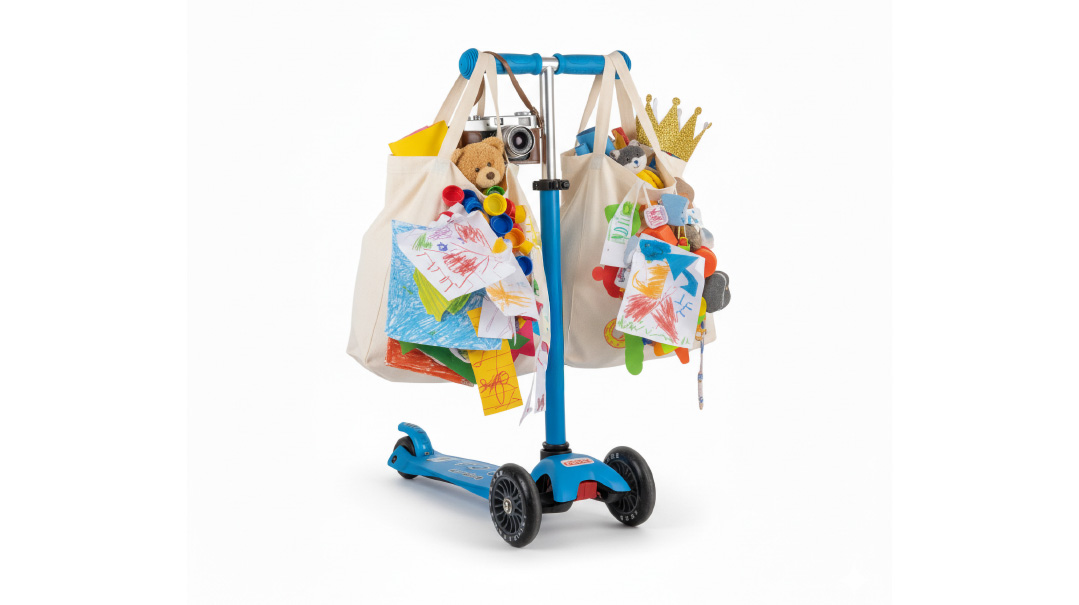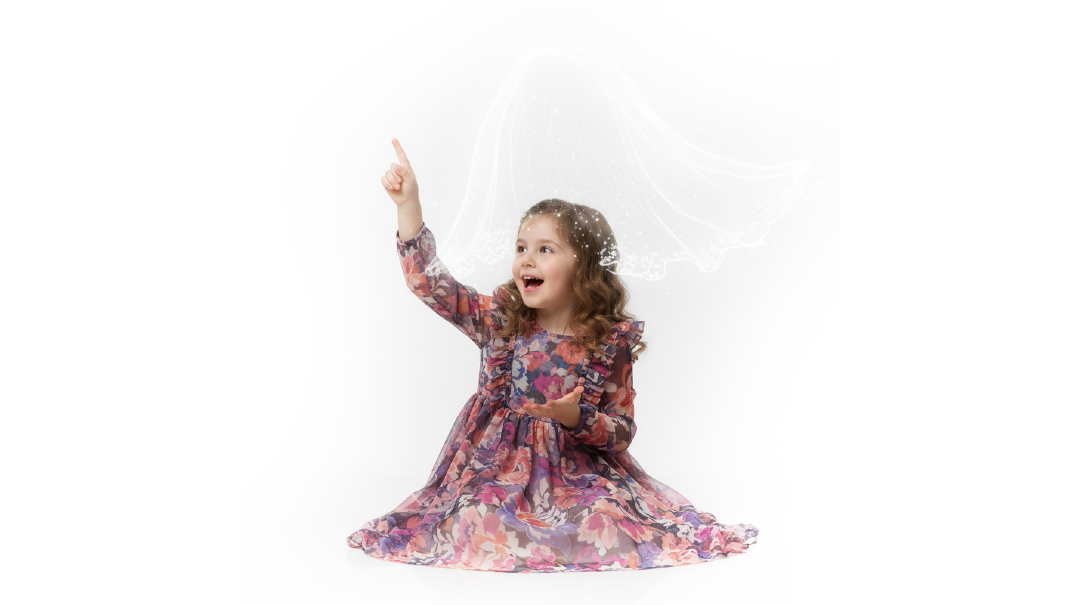Musings: The Braid


The braid haunts me.
Not always, but from time to time, I see it and it doesn’t feel like it’s been 17 years since I saw it last. Perfectly braided, tied with a thick band, it has a musty smell that only comes with the passage of so many years. Discolored now; I think it must have once been a darker shade of blonde.
Who did it belong to? I would never know, as the braid is immortalized behind the glass protecting the mounds of articles left behind by oh, so, so many. Way too many.
It’s behind the pile of glasses, most of them circular rims, just like my Zaidy’s father wore in the only remaining picture of his family. A neighbor happened to have a copy of it. All the memories, all the pictures, and all the people of my Zaidy’s life became ash when he was 16.
More than 50 years later, I stand in Poland. I have just finished seminary; I’m around the same age as my Zaidy’s sister Shosha who perished on the death march. She died because she stopped to help her mother, who has tripped on some ice. That ice turned dark red soon after.
And behind that is the mound of shoes. All sizes, all shapes, all colors, just like the people who wore them. Some sturdy, some flimsy, some traditional and classy, some stylish. Big men’s shoes that must have belonged to fathers in the prime of their lives. Men who wore those shoes early in the morning on their way to shul and then to work. Dainty girls’ shoes that whisper of the simple desire to jump rope or run in the garden. Worn-out shoes used by the elderly, and little shoes that must have been worn for only weeks.
Toys, toothbrushes, bowls and spoons — ownerless within hours of their arrival at Auschwitz.
But the braid haunts me. It haunts me because I wonder why the girl who braided it; did so. Was she an oblivious Hungarian girl, well-fed and living in relative peace until the moment she was thrown into a cattle car? A pampered child who always had her hair nicely done? Or was she from Lodz, starved and persecuted for years, but desperately wanting to hold onto her dignity?
These questions have no answer, but as I think of them today, I imagine the mother behind the story.
(Excerpted from Family First, Issue 601)
Oops! We could not locate your form.







